Name ORP Burza Ordered 2 April 1926 Launched 16 April 1929 Length 107 m Beam 10 m | Namesake thunderstorm Laid down 1 November 1927 Commissioned 10 July 1932 Construction started 1 November 1927 Builder Chantiers navals français | |
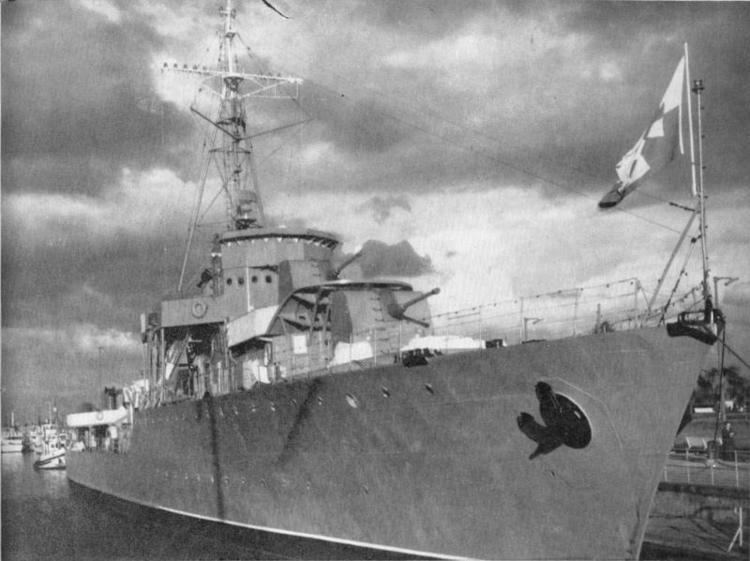 | ||
ORP Burza was a Wicher-class destroyer of the Polish Navy which saw action in World War II.
Contents
History
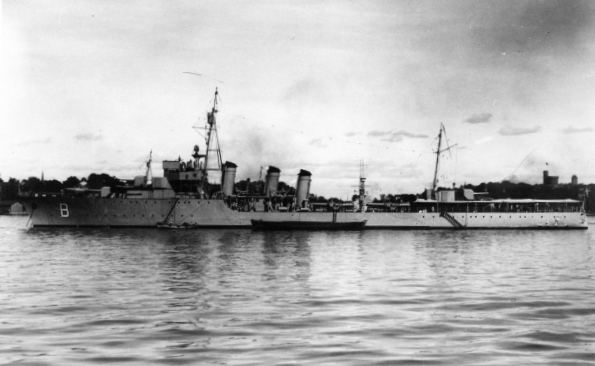
ORP Burza (Polish: squall or storm) was ordered on 2 April 1926 from the French shipyard Chantiers Naval Francais together with her sister ship Wicher. She entered service in 1932 (roughly 4 years after the initial deadline), and her first commander became kmdr Bolesław Sokołowski.

On 30 August 1939 the Polish destroyers ORP Burza, Błyskawica and Grom were ordered to execute the Peking Plan, and the warships headed for Great Britain. On 1 September 1939, Polish destroyers met the British destroyers HMS Wanderer and Wallace. The British ships led the Polish ships to Leith, and at night the Polish destroyers arrived at Rosyth.
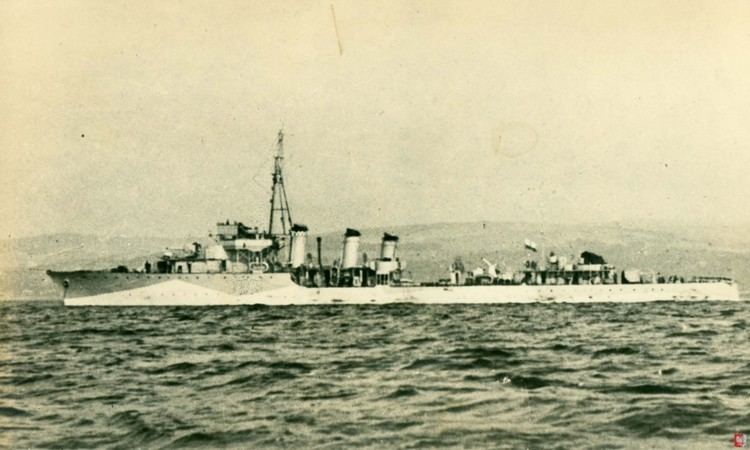
Burza assisted British forces off Norway in April 1940, and in the English Channel in May, 1940. On the 4th May ORP Burza came alongside the Resolution and took Polish survivors on board from the sinking of ORP Grom earlier that day. On the 24th May 1940 the Polish destroyer Burza was ordered to join the British destroyers HMS Vimiera and HMS Wessex and shell German positions in Calais area, providing support for British troops ashore. At 16.20 the Allied vessels opened fire on enemy armoured column at Sangatte Hill, west of Calais. Ten minutes later they were attacked by 27 German airplanes which hit and sank HMS Wessex. HMS Vimiera managed to escape. Then the entire enemy air group concentrated on the Polish destroyer. The AA guns (2 40 mm) jammed due to shrapnel hits, three bombs exploded in the water. They caused boiler damage and loss of speed. Shortly after this, two bombs exploded in the water near or in the bows of the ship, forcing the Burza to return to Dover stern first Midshipman Konstanti Okolow-Zubkowski serving on the Burza recalled that when back at Dover an Admiral came onboard complaining that debris was being thrown over the side of the ship. The Admiral, when shown the forepeak apologised not realising how badly damaged the Burza was. After major repairs in Portsmouth, the Burza escorted convoy HX-217 as part of Escort Group B-6. While attached to Escort Group B-3, Burza escorted convoys ONS-167, HX-228, and SL-147/MKS-38. Burza was detached from ONS-167 to defend Convoy ON-166. While attached to Support Group 8, Burza escorted convoy SC-145 and the October 1943 convoy to establish British air bases in the Azores. In 1944, Burza became a training ship, and in 1945 she became a submarine tender for Polish submarines. The Polish crew left the ship in 1946, when Burza was transferred to the Royal Navy.
In 1951, the ship was returned to the Polish Navy and towed to Gdynia in July. Burza was overhauled and entered service in 1955. In 1960, she became a museum ship. After Błyskawica replaced her in that role, she was scrapped in 1977.
Commanders
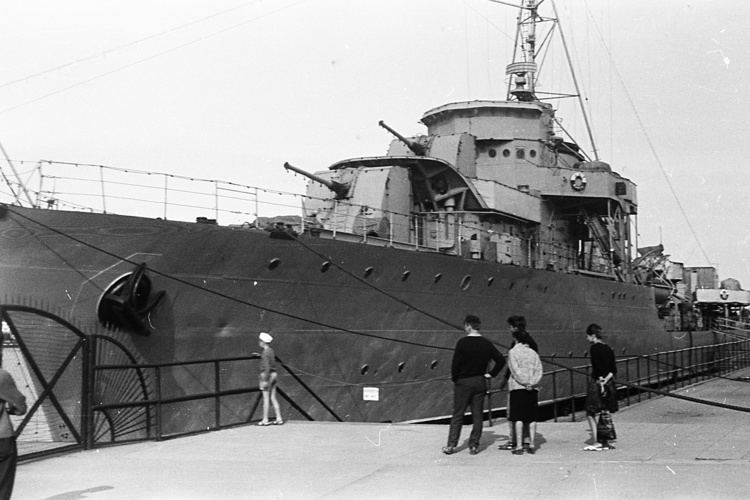
Armament
1932-1940:
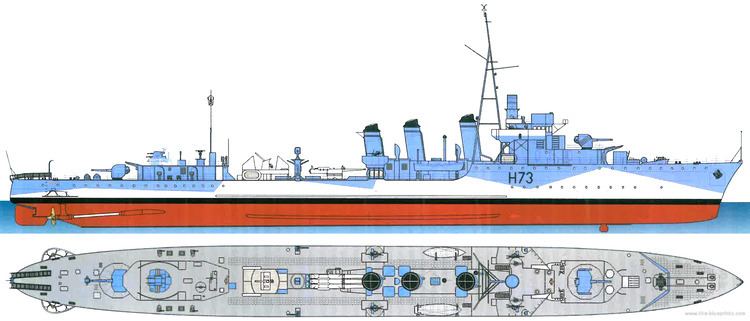
1940-1942:
1942-1946:
From 1955:
